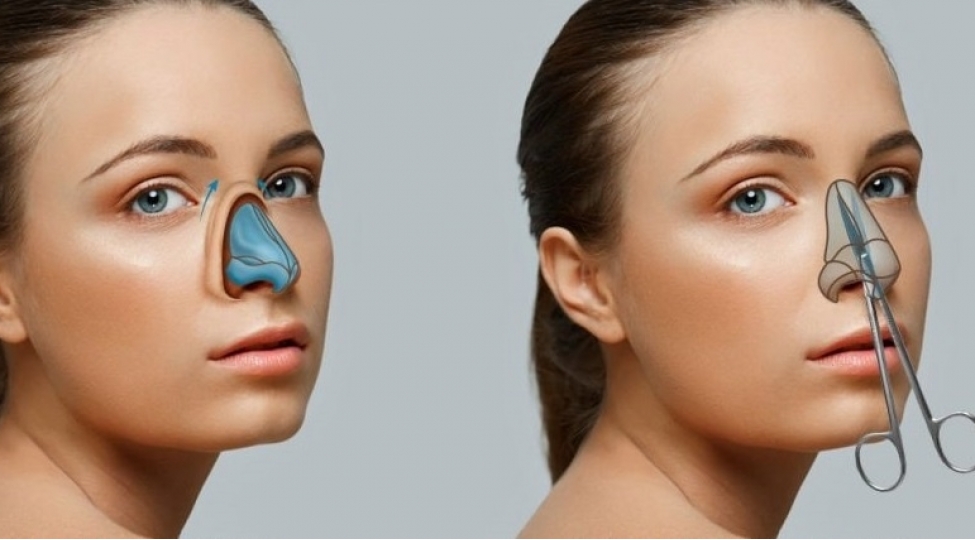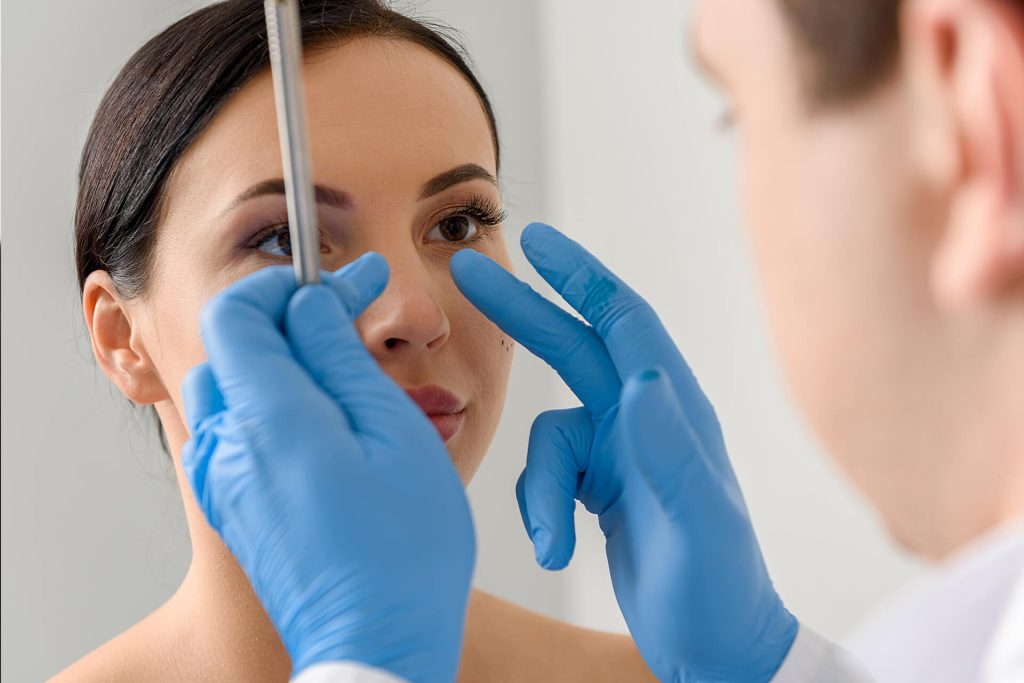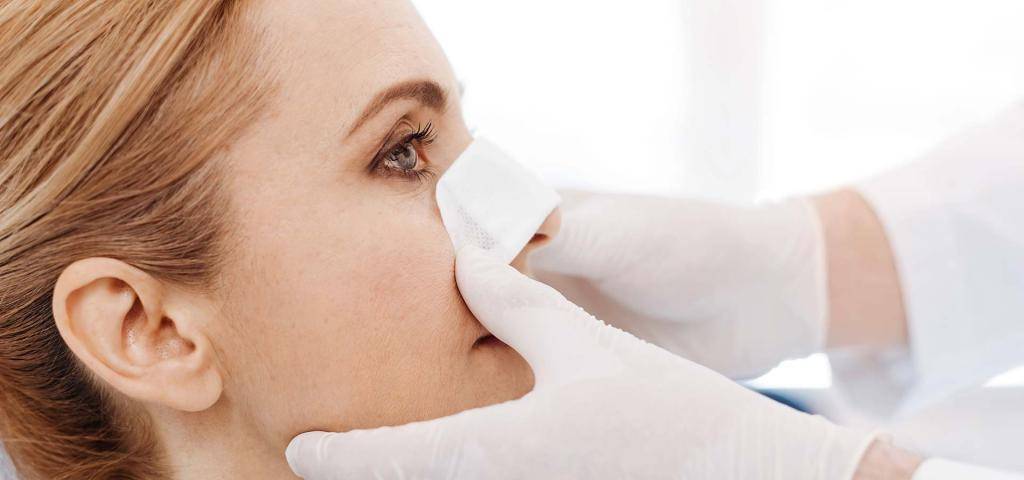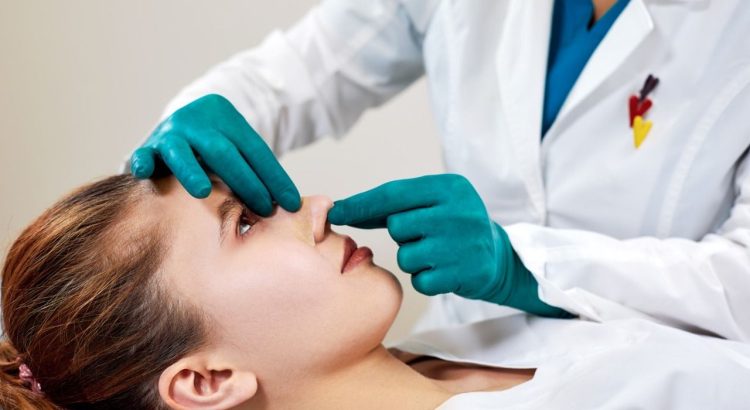Are you struggling with breathing problems due to a deviated septum or other nasal issues? Functional rhinoplasty may be the solution you’ve been looking for. This surgical procedure is designed to not only improve the appearance of the nose but also to address functional issues that may be hindering your ability to breathe properly. In this blog post, we will explore the ins and outs of functional rhinoplasty, including what it is, common nasal function problems it can address, the surgical techniques used to improve breathing, the benefits of undergoing this procedure, the recovery process and timeline, and how to choose the right surgeon for your needs.
Whether you have been considering rhinoplasty for cosmetic reasons or are seeking relief from nasal function issues, this post will provide you with valuable information to help you make an informed decision.Learn about functional rhinoplasty, common nasal function problems, surgical techniques, benefits, recovery process, and choosing the right surgeon for improved breathing.
Contents;
What Is Functional Rhinoplasty?

Functional Rhinoplasty is a surgical procedure that aims to improve the function of the nose. Unlike traditional rhinoplasty which focuses on the aesthetics of the nose, functional rhinoplasty is specifically geared towards correcting breathing issues and nasal function problems. This type of surgery is often recommended for individuals who have experienced trauma to the nose, nasal valve collapse, deviated septum, or other structural abnormalities that affect breathing.
During a functional rhinoplasty, a skilled surgeon will work to address any issues within the nasal passages that may be obstructing airflow. This may involve reshaping the nasal septum, repairing the nasal valves, or removing any blockages that are impeding proper breathing. By improving the functionality of the nose, patients can experience significant relief from symptoms such as congestion, snoring, and difficulty breathing.
It’s important to note that while functional rhinoplasty primarily focuses on enhancing nasal function, it can also have cosmetic benefits. By resolving structural issues that affect breathing, patients may also see improvements in the appearance of their nose. This dual-purpose approach makes functional rhinoplasty a popular choice for individuals looking to address both functional and aesthetic concerns.
Overall, functional rhinoplasty offers individuals the opportunity to not only breathe more easily but also to achieve a more balanced and harmonious nasal appearance. By consulting with a board-certified surgeon, patients can explore their options and determine if this procedure is the right choice for their needs.
Common Nasal Function Problems

Many individuals experience nasal function problems that can significantly impact their daily lives. One of the most common issues is deviated septum, where the nasal septum is displaced to one side, obstructing airflow and causing difficulty breathing. Another common problem is nasal valve collapse, which occurs when the outer nasal wall collapses during inhaling, leading to airflow restriction. Additionally, chronic sinusitis can cause nasal congestion, facial pain, and difficulty breathing through the nose.
Furthermore, individuals may also suffer from enlarged turbinates, which are the small, bony structures inside the nose that help filter and humidify air. When these turbinates become enlarged, they can obstruct the nasal passage, leading to breathing difficulties. Other nasal function problems include allergies, nasal polyps, and obstructive sleep apnea, all of which can affect a person’s ability to breathe properly through the nose.
These common nasal function problems can not only cause physical discomfort but also impact an individual’s quality of life. It is essential for those experiencing these issues to seek medical evaluation and consider options such as functional rhinoplasty to address and improve nasal function.
Consulting with a skilled surgeon specializing in nasal function problems can help individuals understand their treatment options and make informed decisions about addressing these issues.
Surgical Techniques For Improved Breathing

Functional Rhinoplasty is a surgical procedure that aims to improve the function of the nose, specifically to enhance breathing. This type of rhinoplasty focuses on correcting structural issues within the nose that may be obstructing normal airflow, such as a deviated septum, enlarged turbinates, or collapsed nasal valves. These issues can lead to difficulty breathing through the nose and can have a significant impact on a person’s quality of life.
One of the surgical techniques used in Functional Rhinoplasty to improve breathing is septoplasty. This procedure involves straightening and repositioning the nasal septum to alleviate airflow obstruction. By correcting a deviated septum, patients can experience improved nasal breathing and an overall better quality of life. Another common technique is turbinate reduction, which involves reducing the size of the turbinates to open up the nasal passages and improve airflow. This can be especially beneficial for individuals who suffer from chronic nasal congestion.
In addition to these techniques, surgeons may also use spreader grafts to address collapsed nasal valves, which can lead to nasal obstruction. By providing support to the nasal valves, patients can achieve improved nasal breathing. It is important to consult with a qualified and experienced surgeon who specializes in Functional Rhinoplasty to determine the most appropriate surgical techniques for each individual case.
Overall, the use of surgical techniques in Functional Rhinoplasty can significantly improve breathing and address various nasal function problems. These procedures are tailored to each patient’s specific needs, and the goal is to achieve long-lasting results that enhance overall nasal function and improve quality of life.
Benefits Of Functional Rhinoplasty
One of the main benefits of Functional Rhinoplasty is the correction of breathing problems. Many people suffer from issues such as chronic congestion, difficulty breathing through the nose, or even snoring due to nasal obstruction. By addressing these nasal function problems, patients can experience a significant improvement in their ability to breathe freely and comfortably.
Another benefit of Functional Rhinoplasty is the potential improvement in sleep quality. For individuals who suffer from conditions such as sleep apnea or chronic snoring, nasal function problems can often be a contributing factor. By addressing these issues through surgical techniques, patients may experience a reduction in symptoms and an overall improvement in their ability to obtain restful, quality sleep.
In addition to the physical benefits of improved breathing and sleep quality, Functional Rhinoplasty can also have a positive impact on an individual’s emotional well-being. Many patients report feeling more confident and self-assured after undergoing this type of surgery, as they no longer have to worry about the limitations and discomfort caused by nasal function problems.
Recovery Process And Timeline

After undergoing Functional Rhinoplasty, it is important to follow the recommended recovery process to ensure a smooth and successful healing journey. The initial recovery period typically lasts around one to two weeks, during which patients may experience some swelling, bruising, and discomfort around the nose and eyes. It is important to follow the post-operative care instructions provided by the surgeon, including keeping the head elevated, applying cold compresses, and avoiding strenuous activities.
As the recovery progresses, the swelling and bruising will gradually subside, and patients can expect to see gradual improvement in their nasal function. Around the one-month mark, most patients are able to return to their normal daily activities, although they may still need to avoid activities that could impact the nose. Full recovery from Functional Rhinoplasty typically takes around six to twelve months, as the final results continue to develop and the tissues fully settle.
It is important for patients to attend all follow-up appointments with their surgeon to ensure that the recovery process is on track and to address any concerns or questions. By following the recovery timeline and guidelines provided by the surgeon, patients can expect to achieve optimal results from their Functional Rhinoplasty procedure.
Choosing The Right Surgeon
Choosing the right surgeon for functional rhinoplasty is crucial for a successful outcome. It’s important to do thorough research and consider several factors before making a decision. One of the most important factors to consider is the surgeon’s experience and expertise in performing functional rhinoplasty procedures. Look for a surgeon who has a proven track record of successful surgeries and specializes in addressing nasal function problems.
Additionally, it’s important to consider the surgeon’s credentials and certifications. Make sure that the surgeon is board-certified and has received specialized training in functional rhinoplasty techniques. This ensures that the surgeon has the necessary skills and knowledge to perform the procedure safely and effectively. Take the time to read patient reviews and testimonials to get a better understanding of the surgeon’s reputation and patient satisfaction.
Another important factor to consider is the surgeon’s approach to patient care. A good surgeon should take the time to thoroughly evaluate your nasal function problems and customize a treatment plan that is tailored to your specific needs. They should also prioritize open communication and be willing to address any concerns or questions you may have. A caring and compassionate surgeon can significantly impact your overall experience and satisfaction with the procedure.
Lastly, consider scheduling consultations with multiple surgeons to compare their recommendations, approach, and demeanor. It’s important to feel comfortable and confident with the surgeon you choose, as this will have a considerable impact on the success of your functional rhinoplasty procedure. Ultimately, choosing the right surgeon is a crucial step in achieving improved nasal function and overall quality of life.

great article! I learned a lot about functional rhinoplasty. I was wondering, though, do you think its possible for some patients to experience issues with their results long term? Like, what if a structural issue reoccurs after surgery? Also, I think more emphasis on pre-surgery consultations would be helpful for people consider this procedure.